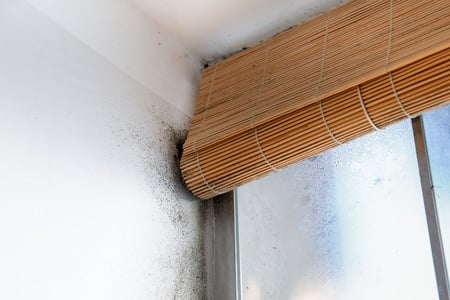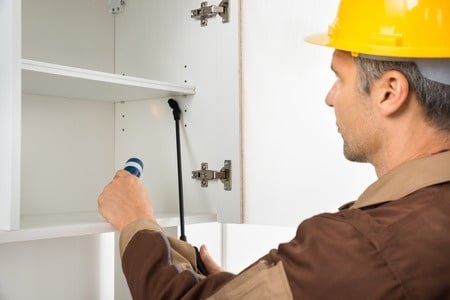From mold and wood-decay fungi to termites, there is a wide variety of pest organisms that can cause damage to buildings and inconvenience to occupants. Only in the US, pest infestations cause millions of dollars in property damage a year, the worst damage occurring in coastal areas, such as Florida.
 As an example, about 30 percent of the buildings in humid climates develop chronic mold issues and dry rot problems due to excess moisture. In most cases, using strong chemicals is the only way to get rid of microorganisms and pests for good and prevent further risk of contamination.
As an example, about 30 percent of the buildings in humid climates develop chronic mold issues and dry rot problems due to excess moisture. In most cases, using strong chemicals is the only way to get rid of microorganisms and pests for good and prevent further risk of contamination.
How to Remove Pests without Ruining the Paint
The first thing you need to do before attempting to eliminate pests is to determine the type and extent of the infestation by inspecting the entire building. Look around for excessive moisture, discoloration, mold growth, holes and cracks in walls, and structural sagging. Also, probe suspect wood and wall areas for strength. If you spot any pests, examine them closely to determine their species. Once you’ve done that, it’s time to look for the right type of chemical that could help you remove the pests you’ve found.
Before choosing a specific product, it’s imperative to know that some solutions can leave behind powdery or sticky residue and even stain painted wall surfaces. Since finding a chemical that can eliminate pests without damaging paint is critical if you want to avoid extra costs, be sure to read the label on all products and follow the manufacturer’s instructions exactly.
To help you out, below are three categories of products you can use without worrying about paint damage:
- Mildewcides – To remove minor mold, use ordinary household cleaning products, such as bleach, vinegar, ammonia, baking soda, hydrogen peroxide, and detergent. Serious mold problems may require special anti-mold formulations that can be purchased at home improvement stores. In addition to regular mildewcides, you could use bactericides and antimicrobial solutions to address severe mold infestations. Most of the anti-mold chemicals available today can be applied or sprayed directly on painted walls. Since these solutions are usually very strong, always wear adequate equipment, including eye protection, rubber gloves, and a mask.
- Fungicides – To treat dry rot, all of the affected wood must be removed. A fungicide solution should be applied on new wood and adjacent structures previously contaminated, including brickwork, to kill remaining fungi. To enhance the effects of remedial treatment and prevent recurrence of decay, special chemicals (e.g. borates) can be used safely on different surfaces, including painted walls. A notable aspect to bear in mind is that remedial treatment won’t repair damaged wood.
- Termiticides – A number of termiticide products, including liquid formulations, powders, and foaming agents, are available to resolve termite infestation in and around buildings. Regardless of the product chosen, it’s imperative to use it as directed on the label to be really effective and avoid unexpected problems that could lead to additional costs, such as paint damage.
A Holistic Approach to Managing Pest Infestation
 If you’ve already identified a pest problem, the only thing you can do to get rid of it is to opt for one of the solutions mentioned above. A more holistic approach involves preventing microorganisms and pests from invading wood structures and masonry in the first place. You can do that by:
If you’ve already identified a pest problem, the only thing you can do to get rid of it is to opt for one of the solutions mentioned above. A more holistic approach involves preventing microorganisms and pests from invading wood structures and masonry in the first place. You can do that by:
- inspecting your property at least once a year and repairing leaks, paint damage, and wall damage as soon as possible;
- treating wood with adequate products to prevent the growth of wood-rotting fungi;
- using waterproofing products to protect wood structures and walls from rainwater and moisture.






